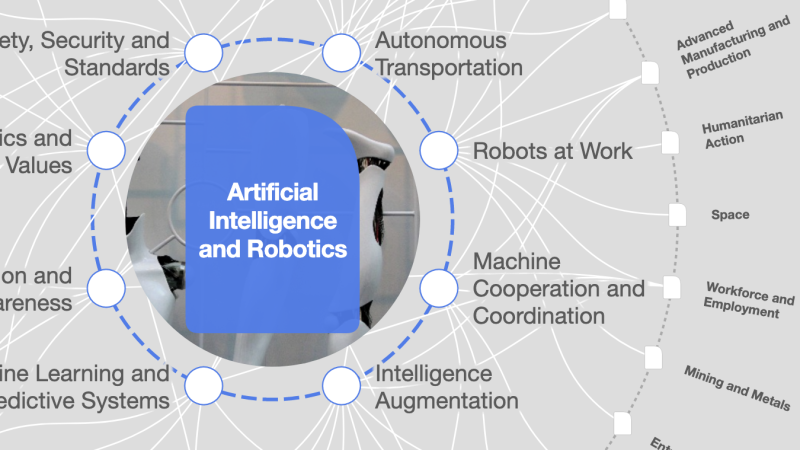Is blockchain the future of cyber security?

In today’s digital age, cybersecurity has become a paramount concern for individuals and businesses alike. With the increasing number of cyber threats looming around every corner, it is crucial to have an innovative solution that can provide foolproof security. Enter blockchain technology- the buzzword that has been making waves in the tech world lately. But what exactly is blockchain? How does it work? And more importantly, can it be the answer to our cybersecurity woes? In this blog post, we’ll dive deep into these questions and explore whether blockchain truly is the future of cybersecurity.
What is blockchain?
Blockchain is a decentralized digital ledger that records transactions in an immutable and secure manner. It was initially developed for the cryptocurrency Bitcoin, but its potential applications extend far beyond just financial transactions.
At its core, blockchain technology is a distributed database that consists of blocks of data linked together through cryptography. Each block contains information about previous transactions, creating an unalterable chain of data. This makes it incredibly difficult for anyone to tamper with or manipulate the information stored within the chain.
One key aspect of blockchain technology is its decentralization – there’s no central authority controlling the system. Instead, all participants on the network have access to a copy of the ledger and work collaboratively to validate new transactions.
Additionally, blockchain offers transparency as all participants can see every transaction made on the network while also maintaining privacy by not revealing any personal identifying information about any individual involved in those transactions.
Blockchain’s unique structure provides unparalleled security and trustworthiness making it a game-changer for cybersecurity solutions.
How does blockchain work?
Blockchain is a distributed ledger technology that allows multiple parties to share and update information in real time. It works by creating a network of computers, each with its own copy of the blockchain database. When transactions occur on the network, they are verified by all nodes in the system before being added to the blockchain.
Each block contains a unique cryptographic hash that links it to the previous block in the chain. This creates an immutable record of all transactions on the network from its inception to present day. The decentralized nature of blockchain means that no single entity controls or owns it, ensuring transparency and security for all participants.
To ensure data integrity, consensus mechanisms such as proof-of-work or proof-of-stake are used to validate transactions and prevent malicious actors from tampering with the system. Additionally, encryption techniques such as public-private key cryptography protect sensitive data from unauthorized access.





